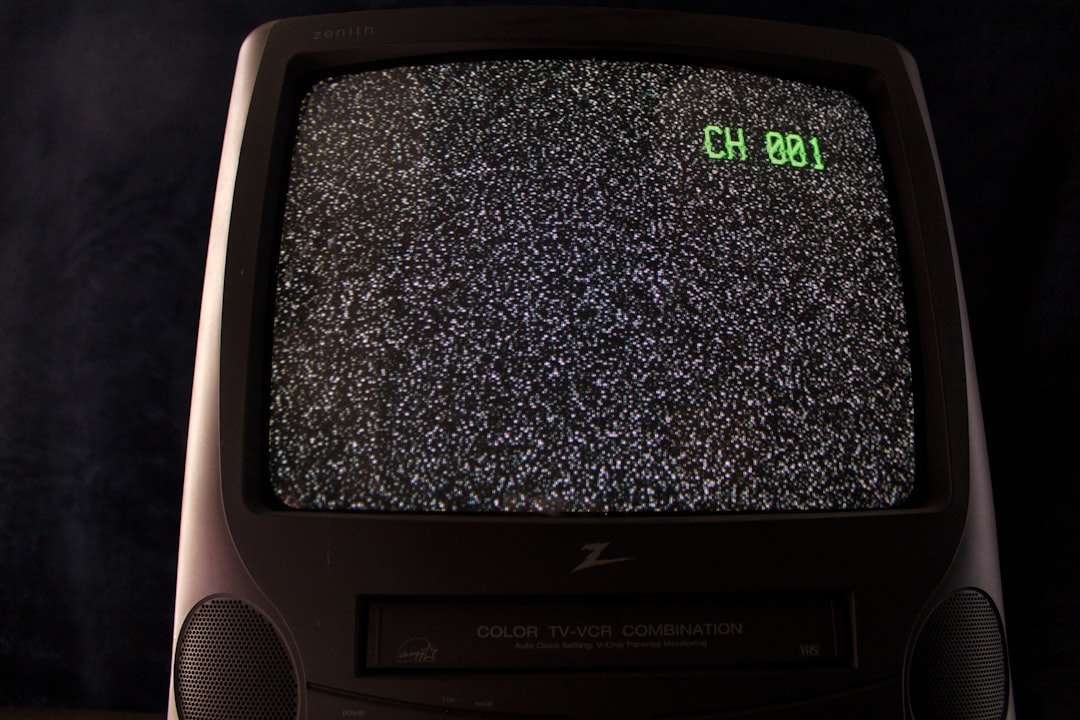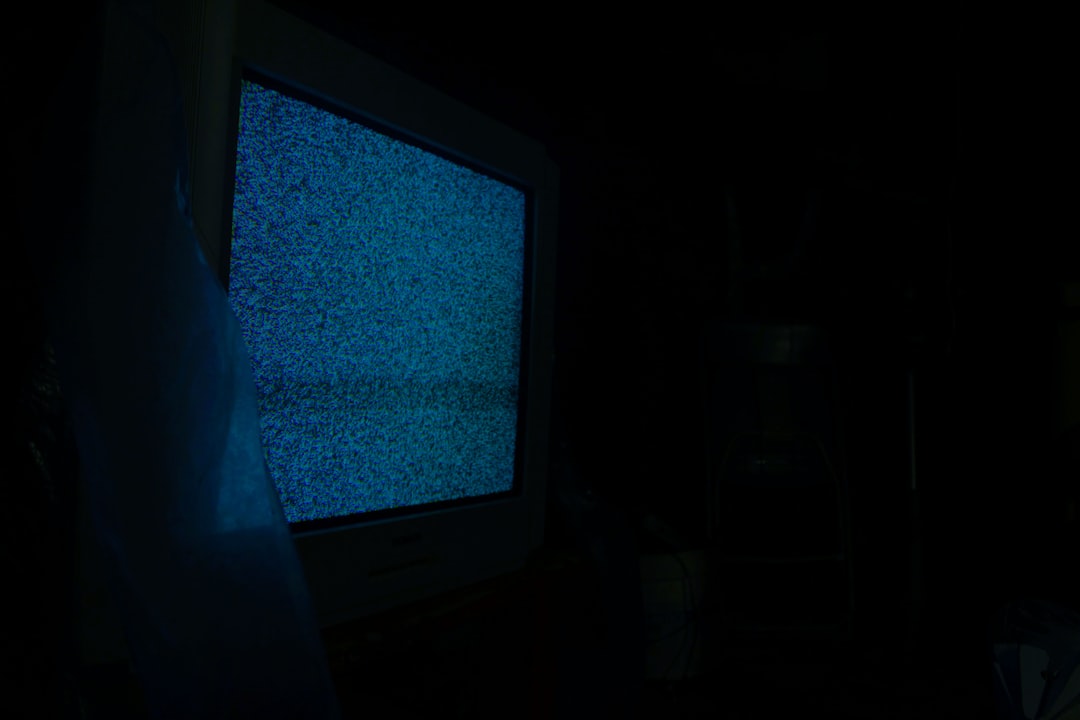If you’re shopping for a new TV in 2025, you’re probably wondering: Should I get an OLED, QLED, or QNED? These acronyms look confusing, but don’t worry. We’re here to break it all down in a fun and simple way. Whether you’re a binge-watcher, a gamer, or a sports fan, there’s a perfect TV waiting for you.
What Do These Letters Even Mean?
Let’s start by decoding the alphabet soup.
- OLED: Stands for Organic Light Emitting Diode. Each pixel lights up on its own. No backlight needed.
- QLED: Stands for Quantum Dot Light Emitting Diode. It’s basically an LED TV with a layer of quantum dots to enhance color.
- QNED: Stands for Quantum Nano Emitting Diode. This is LG’s latest tech. It mixes quantum dots and NanoCells with mini-LED backlights.
Still confused? Stick with us – this’ll be fun!
Picture Quality Showdown
This is the number one reason people care. Let’s see who comes out on top.
OLED: The King of Contrast
Want perfect blacks? OLED wins. Because each pixel lights itself, it can turn off completely. That means true black, deep contrast, and richer colors.
The downside? OLEDs don’t get as bright as other types. So in bright rooms, they might look a little dim.
QLED: Bright and Bold
QLED TVs are known for their bright screens and vibrant colors. They’re perfect for sunny living rooms or watching with the lights on.
But they can’t get those true blacks like OLEDs. Their backlights spill a bit of light, so shadows might look gray instead of black.
QNED: The Middle Ground
QNED combines the strengths of QLED with mini-LED tech. So you get super detailed local dimming. That means better blacks than QLED (but still not quite OLED levels).
The colors are sharp, and the brightness is impressive. Think of QNED as OLED’s highly competitive cousin.

Gaming Performance
Gamers, listen up! Input lag, refresh rate, and response time matter.
- OLED: Quick response times and near-instant input make it a favorite for gaming. Many models support 120Hz and HDMI 2.1.
- QLED: Slightly slower than OLED, but still great for gaming. Brands like Samsung include features like VRR and FreeSync.
- QNED: Also a solid gaming choice. Mini-LEDs help reduce blooming in fast scenes, and most support low-latency modes.
Winner: OLED (for speed), QNED (for brightness and smooth movement)
Durability and Burn-In
This one matters more than people think.
OLED: Beware of Burn-In
Because pixels light up individually, static images (like logos or HUDs) can burn in over time. But this is rare and usually only happens with long-term static content.
QLED and QNED: No Burn-In Worries
Since these TVs use backlights, there’s no risk of burn-in. You can leave news channels on all day, worry-free.
If you’re a heavy user or worried about static images, QLED or QNED might be safer bets.
Viewing Angles
This is how the picture looks from the side—not just when you’re sitting smack in front of the screen.
- OLED: Excellent viewing angles. The colors and contrast stay strong even from sharp angles.
- QLED: Not the best here. Colors and brightness fade off-center.
- QNED: Better than QLED, but still not OLED good.
Winner: OLED
Price in 2025: Who Gives You More for Less?
Prices are always changing, but here’s what we’re seeing in 2025.
- OLED: More affordable than before. You can now find decent OLEDs around $1,000 for mid-size models. High-end ones still go higher though.
- QLED: Great value. You can get a big, brilliant QLED TV for less money than OLED.
- QNED: Newer tech, so prices are a bit steeper. But you’re paying for more advanced dimming and brightness.
If every dollar counts, QLED might be your best friend.
Room Type Matters
The room you watch in can make a huge difference.
Dark Room?
OLED is perfect. You get those amazing blacks and cinematic feel.
Bright Room?
QLED or QNED wins. Brightness matters more than perfect blacks here.

Which One Is Best for Streaming?
If you’re always on Netflix, Disney+, or YouTube, here’s what to know:
- OLED: Amazing HDR, deep blacks—you’ll feel like you’re in the movie.
- QLED: Still very good. Colors pop, menus are responsive.
- QNED: Sharp detail and stunning brightness in 4K and 8K content.
All three are great for streaming; OLED gets a slight edge for cinema lovers.
Top Brands to Watch in 2025
- OLED: LG leads the OLED market. Sony and Panasonic also make premium models.
- QLED: Samsung invented the term and dominates the space. TCL and Hisense offer budget-friendly options.
- QNED: Right now, it’s LG-only. But it’s catching on fast.
Final Verdict: Which TV is Best for You?
Here’s the simple breakdown:
- Choose OLED if you want best-in-class picture quality, deep blacks, and you love movies or games in the dark.
- Choose QLED if you have a bright room, a tighter budget, and want vivid colors without worrying about burn-in.
- Choose QNED if you want a great all-rounder with high brightness, solid contrast, and newer tech features.
No matter what you choose, today’s TVs are better than ever. You really can’t go wrong!
Happy watching!
